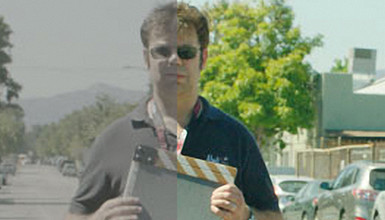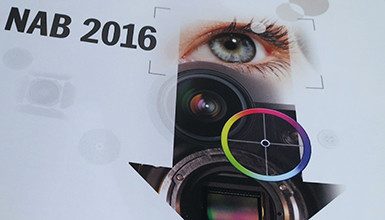The BoxIO comes in two versions: the top-of-the-line version, which features two inputs, two clean loop-throughs and two outputs, and the BoxIO Lite, which has a single input and two outputs and which will retail for under $1000. On both, the two outputs show up in LiveGrade, Pomfort's popular on-set color grading application, as separate devices meaning that each can receive a distinct LUT, essentially providing two LUT boxes in one. This means up to eight cameras could be independently colored using only four BoxIOs, all of which would fit in only 1U of rack space. The clean loop-throughs solve one of the age-old problems in on-set signal distribution, allowing the clean signal from the camera to travel beyond the LUT box, which has generally been an "end-of-chain" device requiring other hardware prior to it to loop out of cleanly. BoxIO can also save full-res frame grabs to LiveGrade and generate test patches internally, allowing it to be used directly with SpectraCal's CalMan software and LightSpace CMS without a test signal generator.
Flanders' new DM170 is a 16.5" version of their flagship DM250 monitor, with all of the same features in a smaller package, ideal for camera assistants and DITs who want a more compact solution (and at about half the cost of the DM250). Like the DM250, the DM170 can serve as its own LUT box (compatible with Pomfort's LiveGrade Pro) without any additional hardware and can store up to 16 LUTs internally. The DM170 also features signal cross-conversion, 1400:1 contrast ratio, a rich and varied set of on-screen scopes, audio meters, flexible markers, side-by-side and split-screen monitoring of multiple inputs, and tons of other great features. Check out the video above for more information.

















